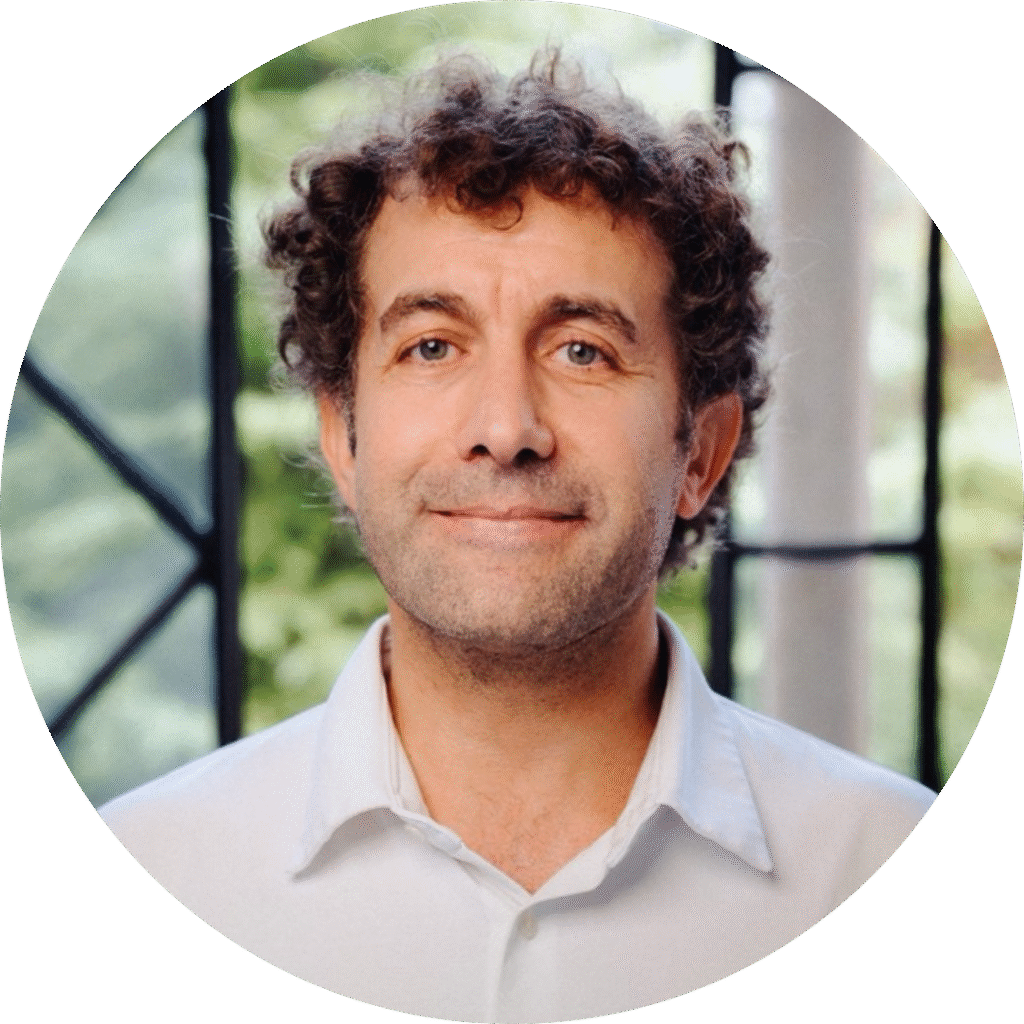On Tuesday, 4 November 2025, Youth-GEMs held a thematic meeting on federated learning, hosted by Esmeralda Ruiz Pujadas, Postdoctoral Researcher at the University of Barcelona. Consortium partners from different fields attended to learn more about how federated learning is being used in the project and what it means for data sharing and analysis.
What is Federated Data Analysis?
In traditional data analysis, information from different places is usually combined in one central database before any analysis begins. This method is simple but can raise privacy concerns, especially when dealing with sensitive mental health or medical data. Federated data analysis works differently. Instead of moving the data, it moves the analysis.
Each participating site (for example, a hospital or research centre) keeps its data safely on-site and runs the analysis locally. Only the results or model updates are shared with a secure central system. This way, researchers can collaborate and learn from shared insights without ever exchanging raw, personal data. It’s a safer, privacy-friendly way to work together.
What this means for Youth-GEMs
- We can leverage data across multiple countries/centres without compromising the privacy of young people’s mental health data.
- We enable more generalizable predictive modelling (across populations and centres) because the model “sees” more diverse data-sources (without centralising them).
- We make good use of advances in secure analytics meaning our research can be both robust and ethically sound.
- We facilitate future multi-centre collaboration and publication opportunities: centres that join this simulation will be part of the process from design through to dissemination.
Curious to learn more? 👉Using Federated Learning in YOUTH-Gems. What have we learned so far? – Youth-GEMs | Improving youth mental health, one step at a time
































































